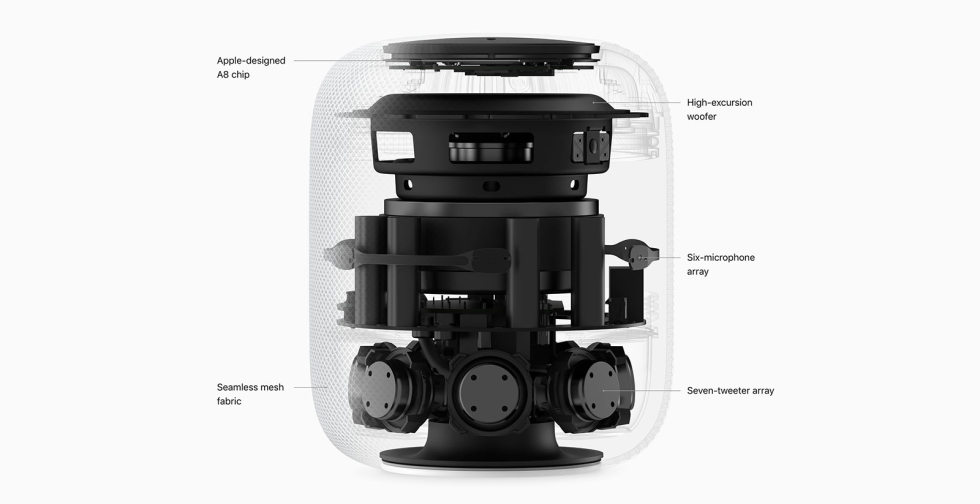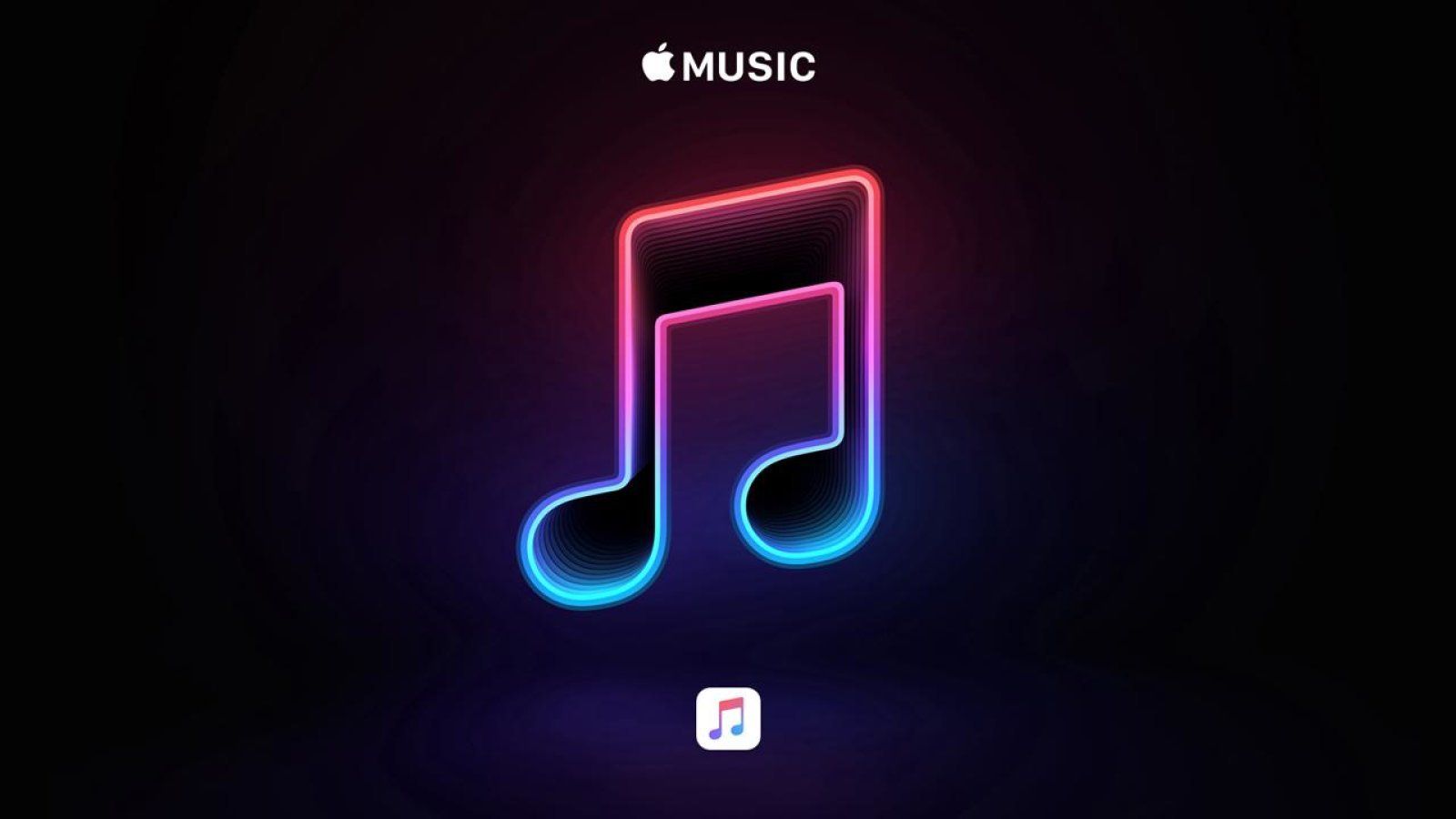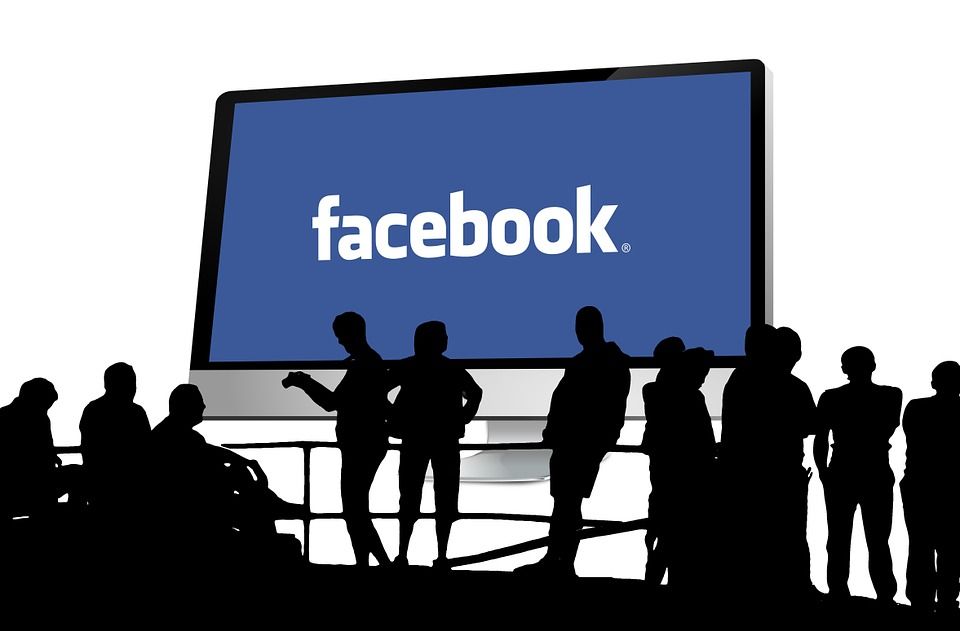Tech
Take a closer look at Apple’s new Homepod (Video)
-

 Film & Television6 years ago
Film & Television6 years ago‘Coming 2 America’: All-Star Cast To Return For The Sequel
-

 Film & Television6 years ago
Film & Television6 years agoSamira Wiley Shows Support To Her Nephew Asante Blackk – The Youngest 2019 Emmy Nominee
-
Uncategorized6 years ago
‘The Old Guard’ Trailer: Kiki Layne and Chitewel Ejiofor Star in Netflix’s Upcoming Action Flick
-

 11 years ago
11 years ago*NSFW* Nicki Minaj ‘Anaconda’ Twerking GIFS
-

 Film6 years ago
Film6 years agoZoe Kravitz Cast As Catwoman
-

 Music5 years ago
Music5 years agoAriana Grande – 34+35 (Remix) feat. Doja Cat & Megan Thee Stallion
-

 Music6 years ago
Music6 years agoChris Brown – No Guidance (feat. Drake)
-

 Film6 years ago
Film6 years agoWatch: ‘Let It Snow’ Debut Trailer Starring Shameik Moore














